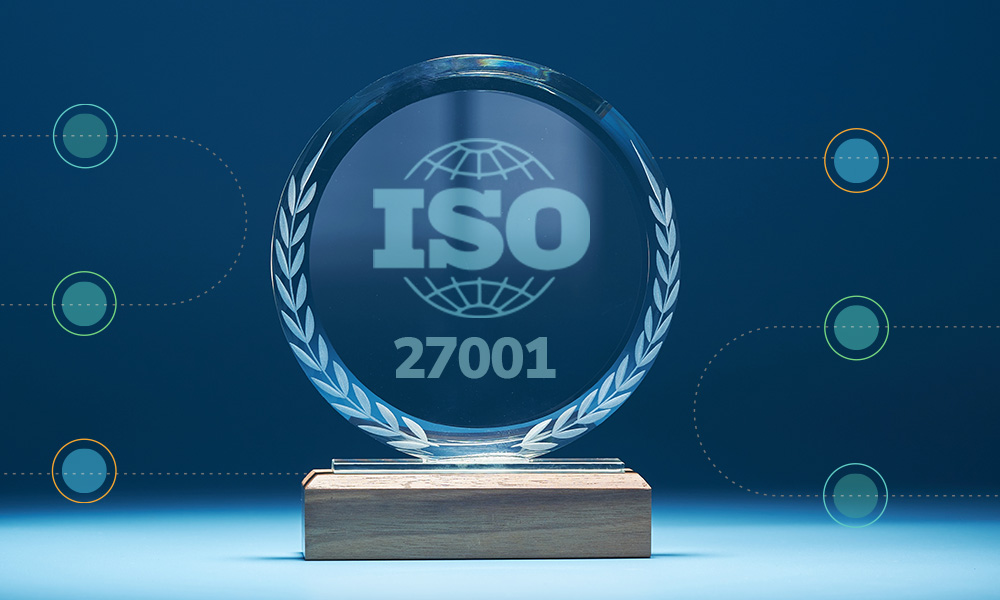NIST Implementation
URM can support your organisation by assisting with each of the 7-step CSF implementation process or specific steps as follows:
Step 1 – Prioritise and scope. The first step is to identify your business objectives and high-level priorities. This information helps inform the scope of the systems and assets which support the business processes, as well as making strategic decisions concerning cybersecurity implementation. It is crucial that all of your critical systems and assets are identified so that their protection can be prioritised.
Step 2 – Orient. After defining the scope of your cybersecurity programme, URM will assist you in identifying the relevant systems and assets, regulatory requirements and the overall risk approach. This is followed by the identification of threats and vulnerabilities which relate to the systems and assets identified in the scope.
Step 3 – Create a current profile. With this step you need to identify your current profile specifying what security controls have been implemented and what outcomes have been achieved. When looking at the outcomes, you will need to use the Categories and Subcategories from the Framework Core to define which outcomes are being fully or partially achieved. This baseline will help you plan the next steps.
Step 4 – Conduct a risk assessment. Having created a current profile, URM will help you conduct a risk assessment analysing the impact and likelihood of a cybersecurity breach.
Step 5 – Create a target profile. You will now be in a position to create a Target Profile. Here, URM will support you focussing on your Categories and Subcategories and setting targets for your desired cybersecurity outcomes incorporating your organisation’s risk appetite.
Step 6 – Determine, analyse and prioritise gaps. This step includes the creation of a prioritised action plan to close the control gaps between your Current and Target Profiles, reflecting your organisation’s drivers, costs, benefits and risks. You will also need to decide on what resources will be needed to close the gaps.
Step 7 – Implement action plan. Having set priorities for addressing gaps between your Current and Target Profiles, it is now a case of implementing security controls and control activities in order to achieve the target profile. The target profile comprises 108 Subcategories which are outcome-driven statements that reflect the improvement of your organisation’s cybersecurity programme.
Get in touch
Please note, we can only process business email addresses.
Why URM for NIST?
Track record
URM has a 20-year track record of providing high-quality consultancy and training support, assisting organisations improve their information and cyber security, as well as information governance posture and capabilities. A particular niche skill is helping organisations to conform or certify to ‘best practice’ international (IS) standards such as SOC 2 and ISO 27001. URM is particularly adept at developing existing frameworks to meet the requirements of these standards or building on existing ISO 27001 ISMS’ to achieve NIST conformance. Having assisted over 400 organisations to achieve world-recognised standards, URM has worked with organisations of all sizes from micro businesses to multi-national organisations and from all the major market sectors.
Tailored approach
URM is renowned for adopting a highly tailored and bespoke service where its consultants are constantly striving to deliver sustainable solutions that meet both the current and future needs of the client organisation.
Flexible delivery
When transferring knowledge on meeting the requirements of NIST, URM can deliver this through various delivery mechanisms, i.e., through one-to-one support, workshops or training courses. Furthermore, when delivering remediation services to address gaps, URM’s support is tailored and flexible, based on the client’s requirements, internal knowledge and available resources. Support can be delivered on an activity-per-activity basis or where a consultant is allocated on a recurring basis, e.g., 1 day a week. As such, the engagements help to ensure that remediation activities are followed through, remain compliant and that sufficient evidence for the audit is generated.

ISO 27001 Control 8.17: Why Clock Synchronisation Is Critical for Security and Conformance
Read URM’s blog, where we explore the importance of clock synchronisation for cyber security and resilience, and how to meet the requirements of Control 8.17.

URM’s blog explores Clause 5.1 of ISO 27001, what you must do to meet its requirements, and why leadership & commitment are vital to an effective ISMS.

URM’s blog breaks down the ISO 27001 certification process, the roles of certification bodies and UKAS, what auditors look for during assessments, and more.

URM’s blog examines how ransomware occur, and highlights practical cyber security measures you can implement to reduce your exposure and mitigate security risk.
